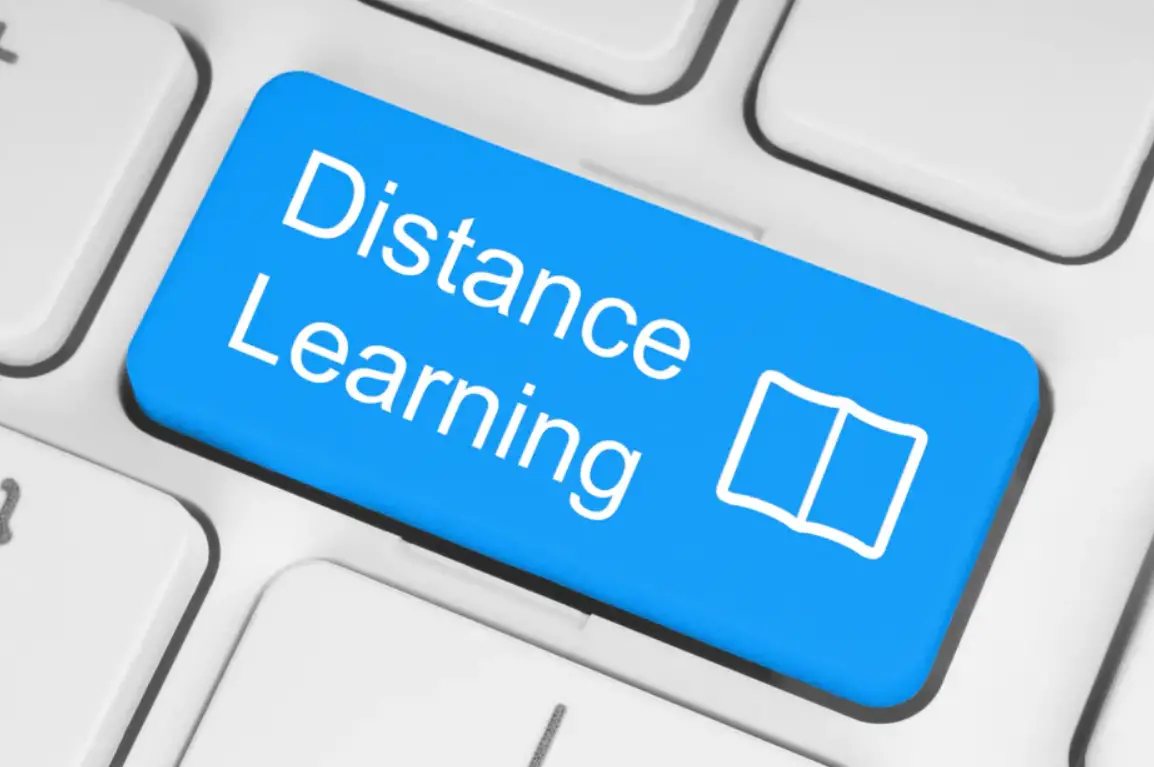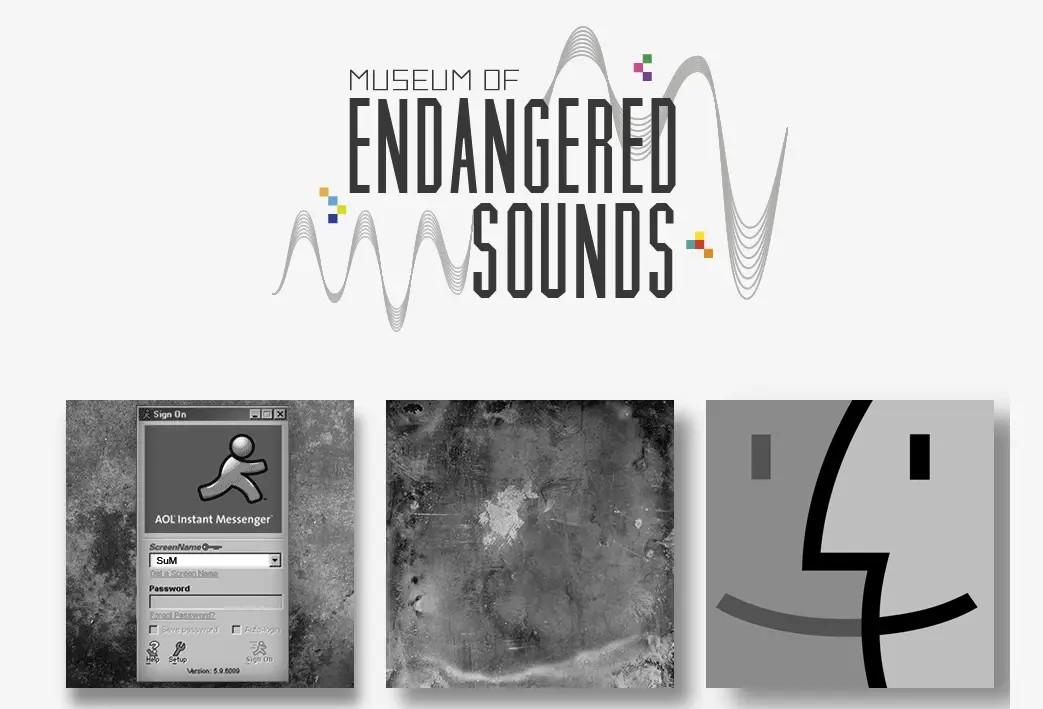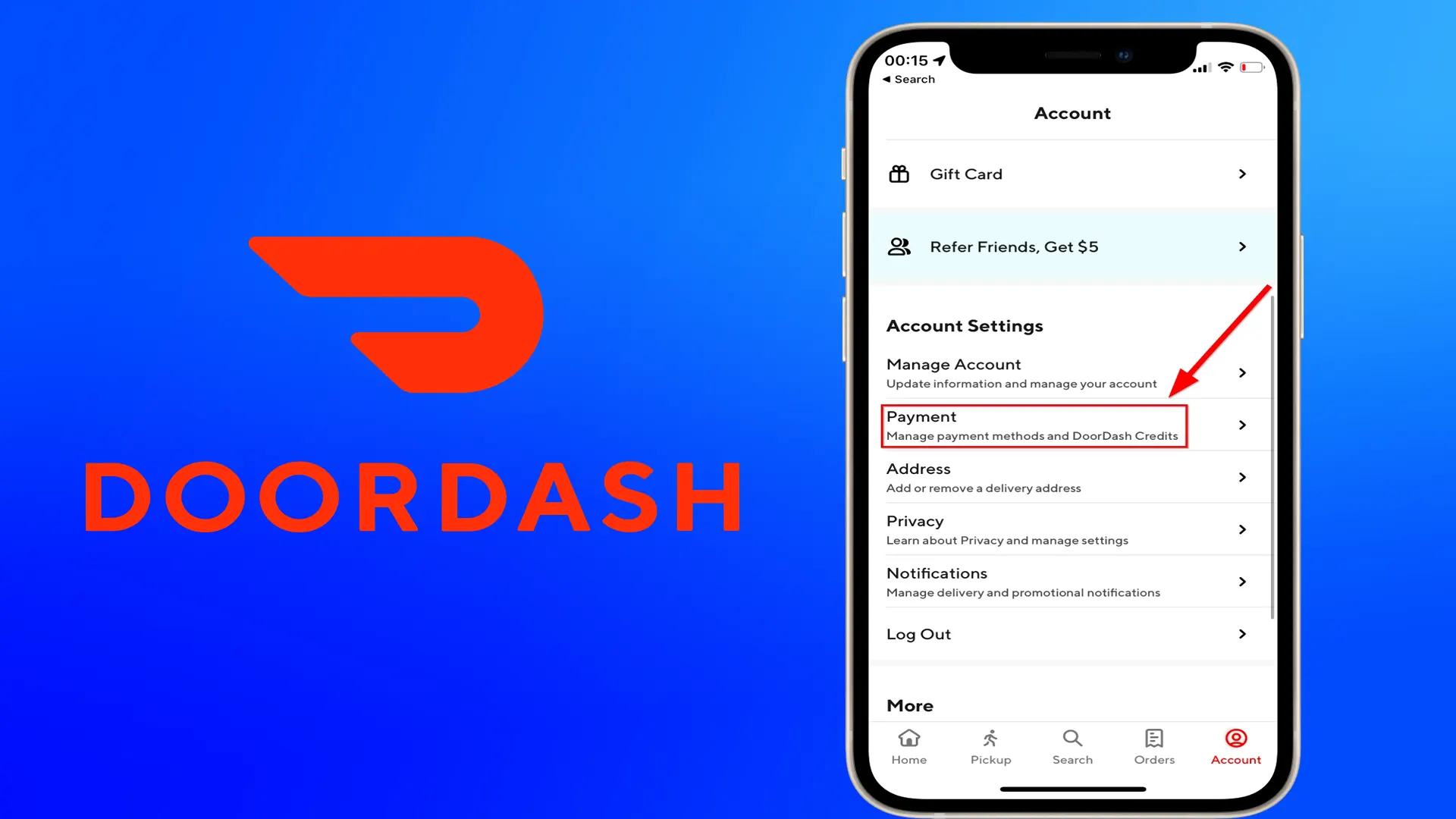In January 2020, no one foresaw the global pandemic that would force life online almost overnight. Schools had to adapt quickly, ensuring that learning continued despite the circumstances. This transition highlighted the resilience of education, pushing EdTech projects to analyze and improve their tools for the future. Today, we can assess what worked in distance learning and how education is likely to evolve moving forward.
The Emergence of Distance Learning
When schools worldwide switched to distance learning, it became clear that while the concept sounded simple, most were unprepared for the reality. China, however, led the way, rapidly developing the largest online platform for remote learning. Within weeks, 50 million students across the country had access to this platform for free.
The experience showed that online learning is becoming an integral part of traditional education. However, fully remote learning is not a viable replacement; in-person interaction remains crucial. In the future, we may see a balance between offline and online learning, with tasks like homework checking and data analysis becoming more automated online.
The Role of Gadgets in Education
Today’s students, accustomed to technology from a young age, are well-prepared for online learning. Familiar gadgets like smartphones and tablets now play a crucial role in the educational process. These devices have shifted from distractions to essential tools, helping teachers make lessons more engaging and interactive.
Many students and teachers use video conferencing, e-learning platforms, and various apps to enhance the learning experience. Interactive lessons can now be completed on gadgets, transforming them into valuable educational resources.
Interactive Learning: The Key to Engagement
Interactivity is a cornerstone of effective learning, both in traditional classrooms and online environments. One of the biggest challenges of distance learning is maintaining student engagement. Online tasks must go beyond simple “yes” or “no” answers, encouraging meaningful interaction through explanations, reviews, and reinforcement of the material.
Gamification has become an essential part of education, making the learning process more dynamic. Points, levels, and rewards motivate students to complete tasks, much like in video games. This method helps students visualize their progress and fosters independence, responsibility, and decision-making skills.
The Future of Personalized Learning with AI
Artificial intelligence (AI) is transforming education by providing personalized learning paths for students. Algorithms can analyze student performance and tailor lessons to their strengths and weaknesses. Platforms like Byju’s and Century offer individualized learning trajectories, allowing students to progress at their own pace while providing teachers with valuable insights into student performance.
Experts believe that AI-driven education will soon advance further. Learning platforms may begin to recommend courses, assignments, and teaching methods based on not just academic performance, but also personal interests and social skills. AI could revolutionize the classroom by offering customized learning experiences for each student.






